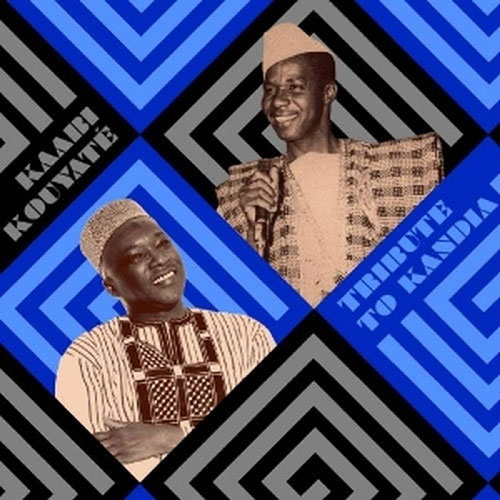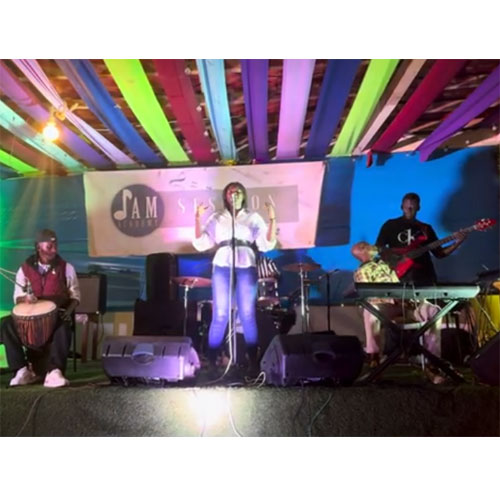Il met en avant dans des titres comme «~Seipati~» et «~Thuto Ke Senotlolo~» la voix étrange du groaner qui lui valut plusieurs surnoms : le lion de Soweto et l’homme avec la jungle dans la tête.
Titres : 1. Seipati [Hidden Woman] ; 2. Pheletsong Ya Lerato (The End of Love) ; 3. Thuto Ke Senotlolo [Education Is the Key] ; 4. Khubetswana Yeso [Light-Skinned Woman] ;5. Amaqhawe Omgqashiyo [Everyday Music] ; 6. Masole a Banana [Female Soldiers] ; 7. Kwa Volondiya ; 8. Mohlankana Waka [My Boyfriend] ; 9. Simenyiwe (We Have Been United) ; 10. Lebala Ka Nna (Forget About Me) The album prevails Mahlathini’s strange voice in «~Seipati~» and «~Thuto Ke Senotlolo~». Because of the roaring style, Simon Mahlathini got many nick names : the lion of Soweto and the man with the jungle in his head.
Track listing : 1. Seipati [Hidden Woman] ; 2. Pheletsong Ya Lerato (The End of Love) ; 3. Thuto Ke Senotlolo [Education Is the Key] ; 4. Khubetswana Yeso [Light-Skinned Woman] ;5. Amaqhawe Omgqashiyo [Everyday Music] ; 6. Masole a Banana [Female Soldiers] ; 7. Kwa Volondiya ; 8. Mohlankana Waka [My Boyfriend] ; 9. Simenyiwe (We Have Been United) ; 10. Lebala Ka Nna (Forget About Me)








Laissez un commentaire
Vous devez être logged in pour poster un commentaire.